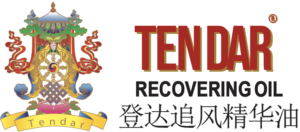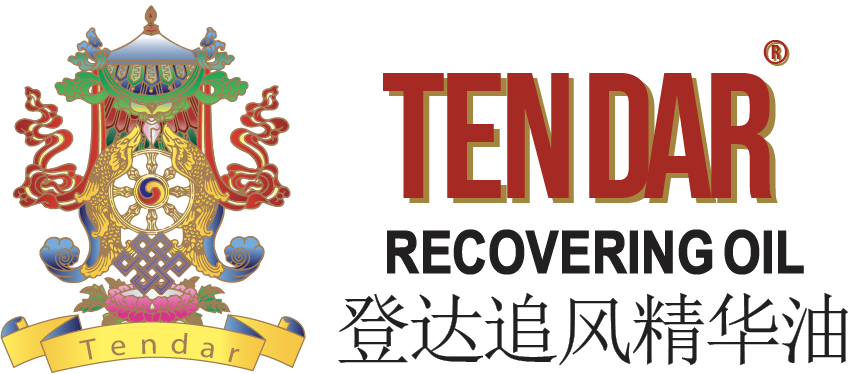Cinnamon Leaf Oil

Cinnamon leaf refers to the leaves of the cinnamon tree. Cinnamon trees are common plants mainly found in Asia, particularly in China and Vietnam. Cinnamon leaves have a distinct aroma and taste. They are often used as a spice. Cinnamon leaf oil is extracted through steam distillation of cinnamon leaves or bark. It has a spicy and warm aroma and is widely used as a flavoring agent and in medicine. In traditional Chinese medicine and herbal medicine, cinnamon leaf oil has a range of uses, including aiding digestion, improving blood circulation, relieving pain, and fighting bacteria.
What are the components of cinnamon leaf?
Why is it able to relieve pain and fight bacteria?
The components of cinnamon leaf include cinnamaldehyde, cinnamic acid, and cinnamyl acetate, among other compounds. These compounds give cinnamon leaf its unique aroma and pharmacological properties.
Research has shown that cinnamon leaf oil has properties such as anti-inflammatory, analgesic, antimicrobial, antioxidant, and anticoagulant activities. These properties may contribute to its ability to alleviate pain and fight against bacteria.
Alleviating pain
The active component cinnamaldehyde in cinnamon leaf oil has analgesic properties. It works by inhibiting inflammatory responses and neural transmission, thereby helping to relieve pain. It also promotes blood circulation, which can aid in reducing muscle pain and symptoms of conditions such as arthritis.
Fighting bacteria
The compounds in cinnamon leaf oil have antimicrobial properties and can combat various bacteria, fungi, and viruses. Specifically, cinnamic acid and other components can affect bacterial growth and the formation of biofilms, reducing bacterial survival and transmission.
These properties of cinnamon leaf oil may explain its traditional use in alleviating pain and as a natural antibacterial agent.
What are the components of cinnamon leaf?
Why is it able to relieve pain and fight bacteria?
The components of cinnamon leaf include cinnamaldehyde, cinnamic acid, and cinnamyl acetate, among other compounds. These compounds give cinnamon leaf its unique aroma and pharmacological properties.
Research has shown that cinnamon leaf oil has properties such as anti-inflammatory, analgesic, antimicrobial, antioxidant, and anticoagulant activities. These properties may contribute to its ability to alleviate pain and fight against bacteria.
Alleviating pain
The active component cinnamaldehyde in cinnamon leaf oil has analgesic properties. It works by inhibiting inflammatory responses and neural transmission, thereby helping to relieve pain. It also promotes blood circulation, which can aid in reducing muscle pain and symptoms of conditions such as arthritis.
Fighting bacteria
The compounds in cinnamon leaf oil have antimicrobial properties and can combat various bacteria, fungi, and viruses. Specifically, cinnamic acid and other components can affect bacterial growth and the formation of biofilms, reducing bacterial survival and transmission.
These properties of cinnamon leaf oil may explain its traditional use in alleviating pain and as a natural antibacterial agent.
Disclaimer
The information and content provided on the Tendar Encyclopaedia platform are for informational purposes only. They are intended for reference and communication purposes and may not be accurate or complete. You should not solely rely on this information and content and should exercise your independent judgment. Any risks or consequences arising from the use of this information should be borne by you and are not the responsibility of Tendar Recovering Oil.


